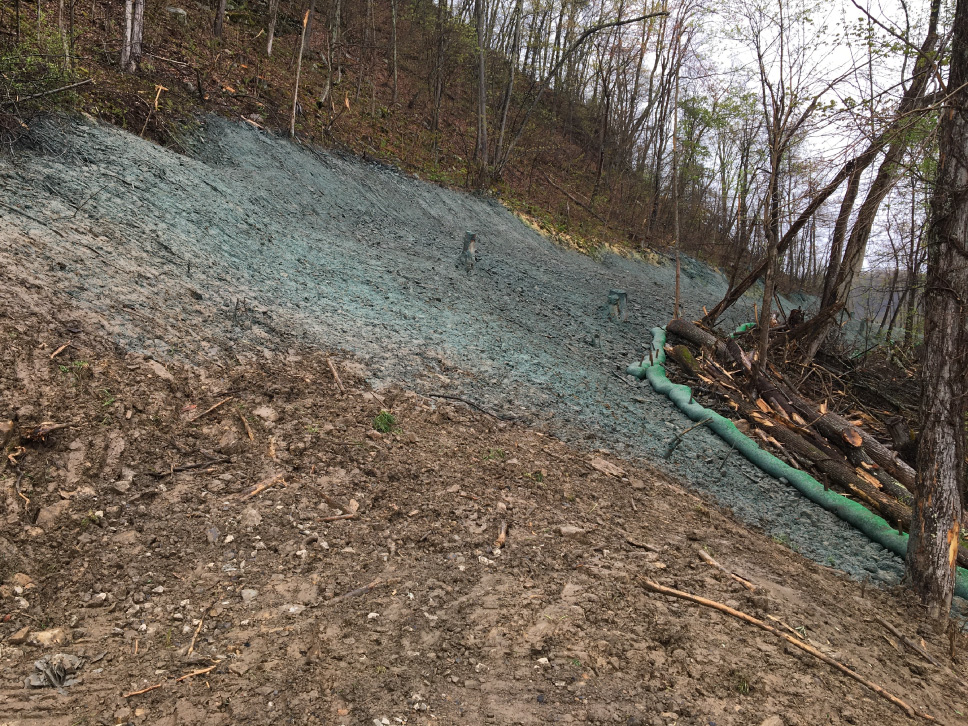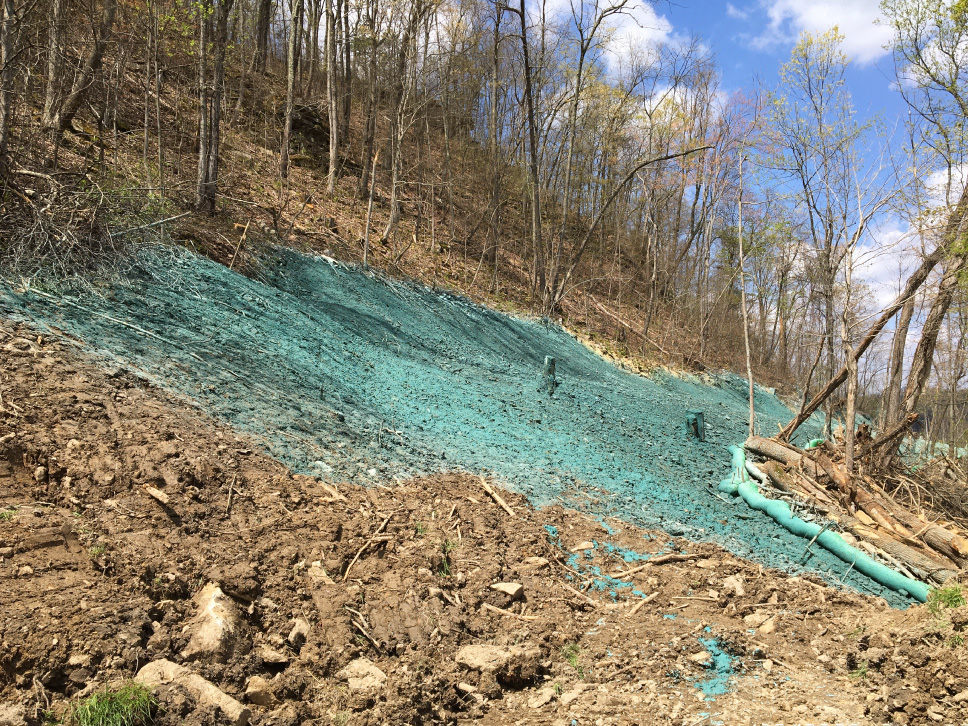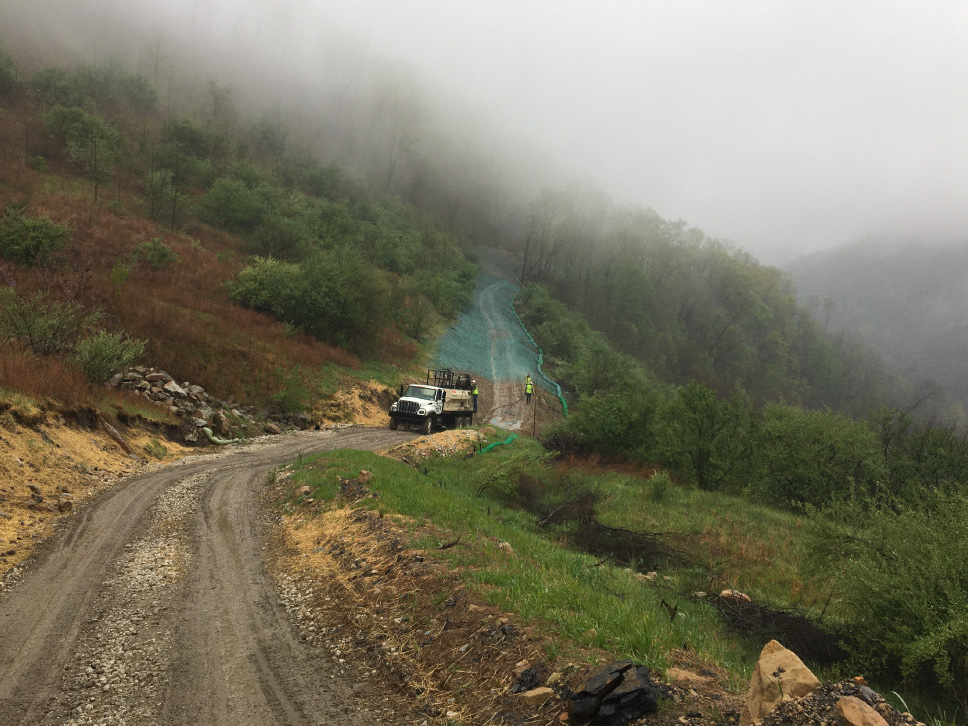EEG manages environmental permitting, so T-line can span West Virginia mines
After a utility tapped a joint venture to build a series of transmission lines and substations in West Virginia, the utility then picked EEG to serve as the on-site environmental firm, conduct environmental inspections and help keep construction on schedule.
EEG’s team helped construction crews navigate this challenging Central Appalachian terrain, while complying with federal, state, and local regulations and ordinances. EEG’s work included revising and modifying stormwater permits and updating SWPPP with an inspection regimen to ensure a favorable and timely outcome for the project. With on-site visits and mapping, EEG also helped crews meet the U.S. Army Corps of Engineers’ delineation protocol to prevent discharging fill in wetlands and streams. EEG also prepared for construction by implementing spill prevention, control and countermeasures plans, SPCC, groundwater protection plans, and conducting pre-construction due diligence surveys.
“There’s no understating the complexity of securing permitting to traverse active mines with a transmission line; we’re fortunate to have some of the best people in the industry working through the challenges.”
Client
Undisclosed
Date
December 2021
Location
West Virginia
Construction Scope
To boost reliability for customers, construction crews rebuilt several miles of 69-kV transmission line. Construction included: replacing switches at substations; installing transmission towers; setting up laydown yards and temporary work areas; putting in place new access roads; and improving trails for access to remote structures. To complete the project, the construction contractor will also build or upgrade nearly dozens of miles of gravel roads. The transmission line right-of-way (ROW) covers more than 100 acres.
Crews will also rebuild several miles of an aging 46-kV transmission line, while extending a transmission line south that includes installing nearly two dozen transmission towers; building temporary work areas and constructing new access roads and improve existing trails. Crews will use a mix of concrete caissons, direct-embed foundations, and grillage to rebuild the lines. The utility will then hand over newly improved access roads to landowners to maintain after the project.


EEG leads way environmentally
When asked about the two projects’ environmental challenges, Kevin Seegmiller, environmental director for EEG, said, “There’s no understating the complexity of securing permitting to traverse active mines with a transmission line; we’re fortunate to have some of the best people in the industry working through the challenges.”
The steeply sloped topography, extremely unstable soil, and amount of rainfall across the two legs of the project make working conditions very challenging. Both legs of the project span surface mines and straddle vast hollows. With a project this complex, EEG’s team and the construction managers have thousands of environmental and construction items to account for.
Traditionally, inspectors would write their finding in a form for the construction management team to review. EEG realized that was an unworkable method for the construction managers to organize and interpret spatially. So, EEG collected field data using ESRI’s ArcCollector to eliminate errors and reduce reporting time. By electronically capturing data about the terrain, construction and corrective actions, EEG helped the construction team literally see what had to be done and in what order. As inspectors examined areas of concern, they could take a photo of anything that had been addressed, and EEG could track the corrective actions with the construction team.
“The most prevalent challenges for this type of environment are securing permitting and controlling sediment and erosion,” added Seegmiller. “With GIS, we’re pinpointing compliance priorities while in the field, streamlining data collection and SWPPP inspections, and giving everyone involved one view of the project.”
According to the contractor, crews expect to complete construction by December 2021.



